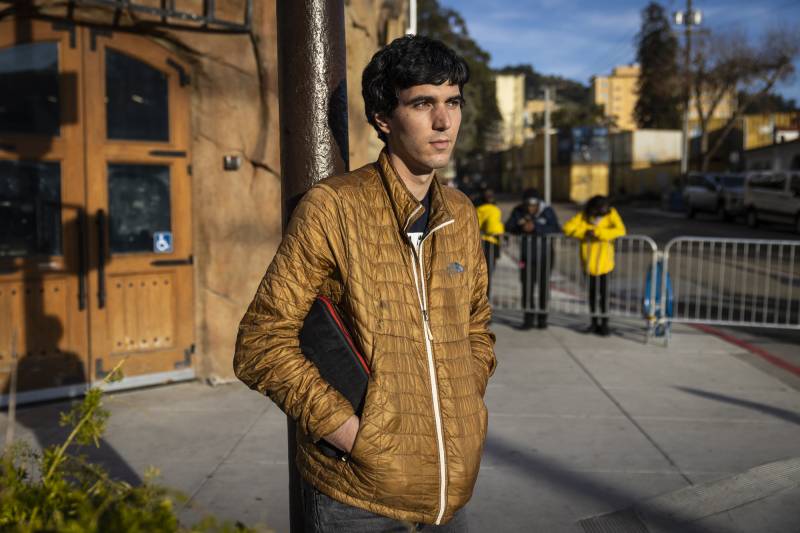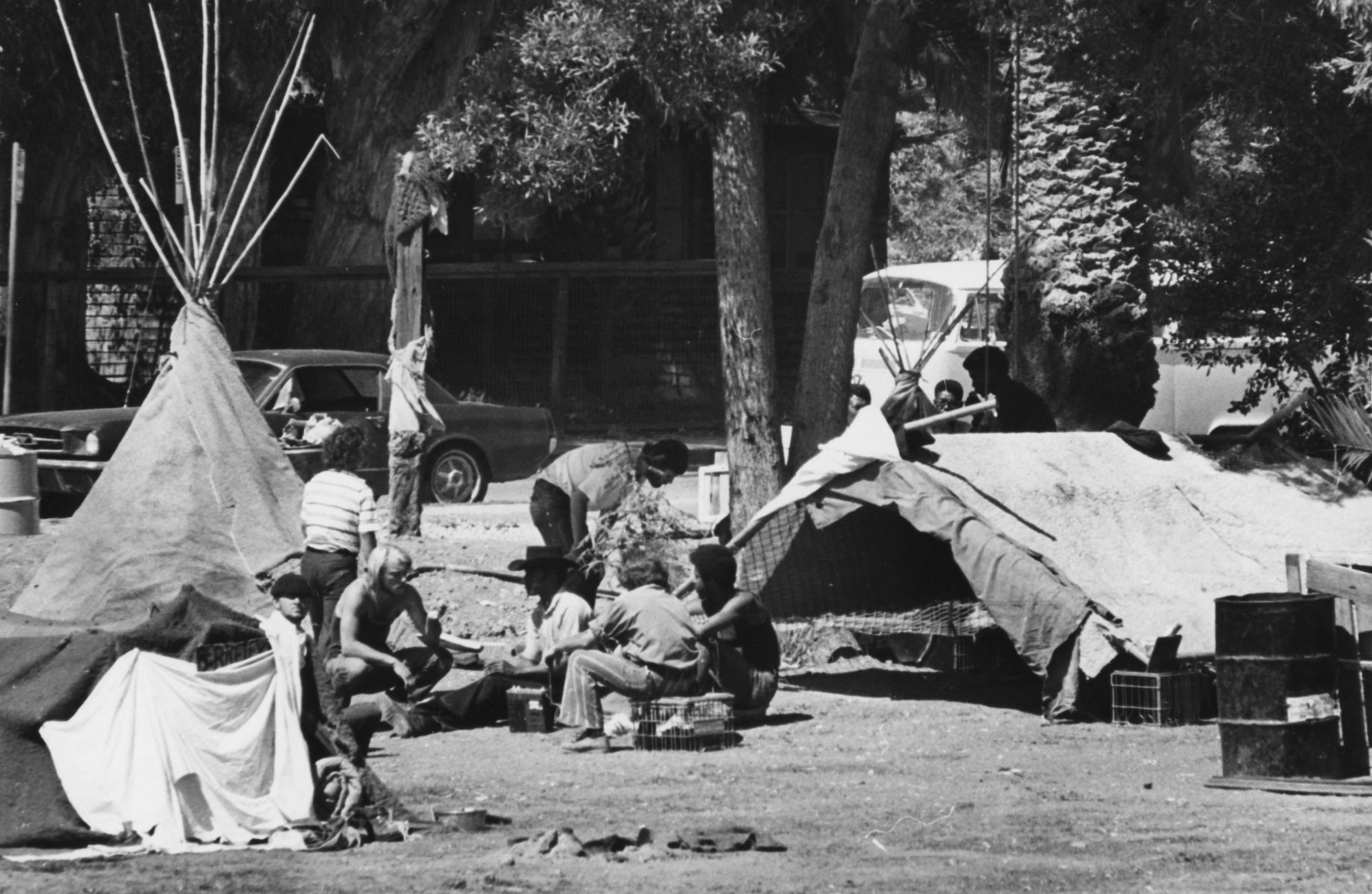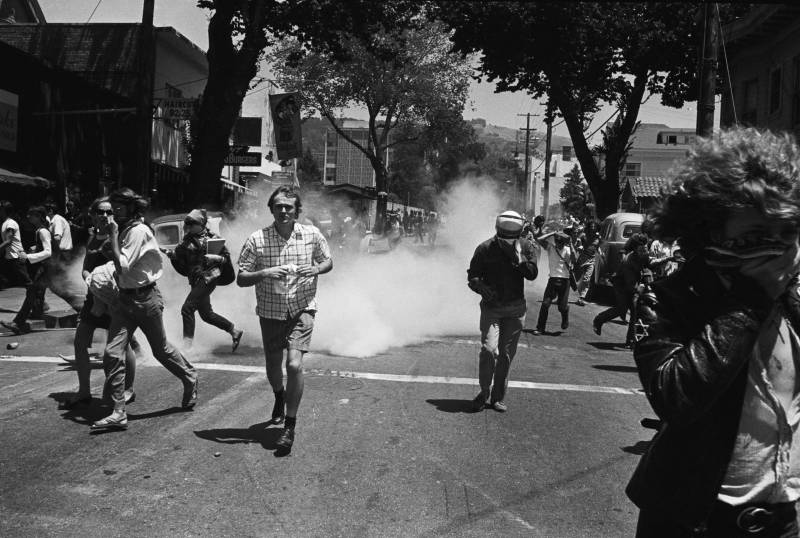“Just because I’m in support of student housing…it doesn’t mean that all student housing, no matter the context, is good,” he said.
Grosh says he would have liked to see the university do more to include community input in the process. And he’s concerned that the new student housing might not wind up being affordable.
“I think that there is a future where there could be housing on People’s Park if it’s done right,” he said. “But the way the university is going about it is, I think it’s the wrong way to do it.”
The university’s Gibson counters that extensive community outreach informed the final shape of the housing project and said all school housing is below market rate.
They plan to keep two-thirds of the site as a public park. But objectors say it won’t be the same.
While the university prepares the lot for development, it’s blocked from beginning construction by an ongoing lawsuit in the state Supreme Court.



